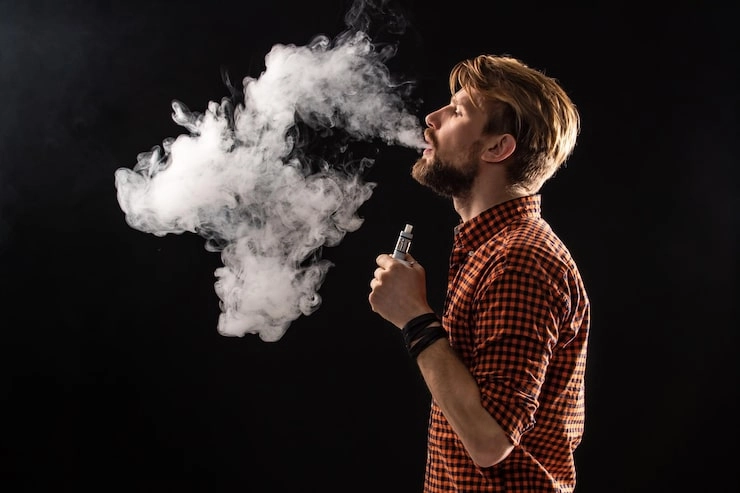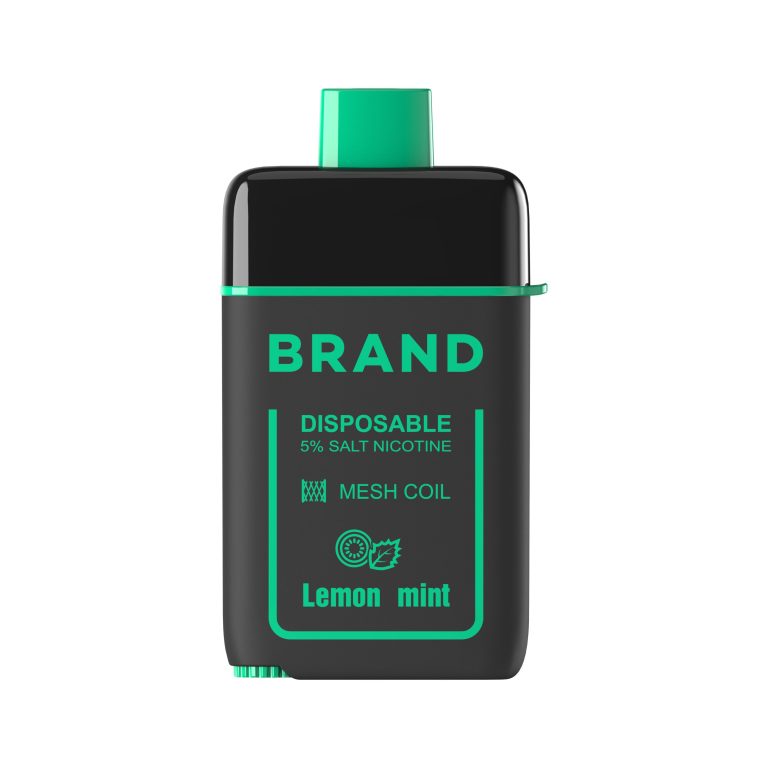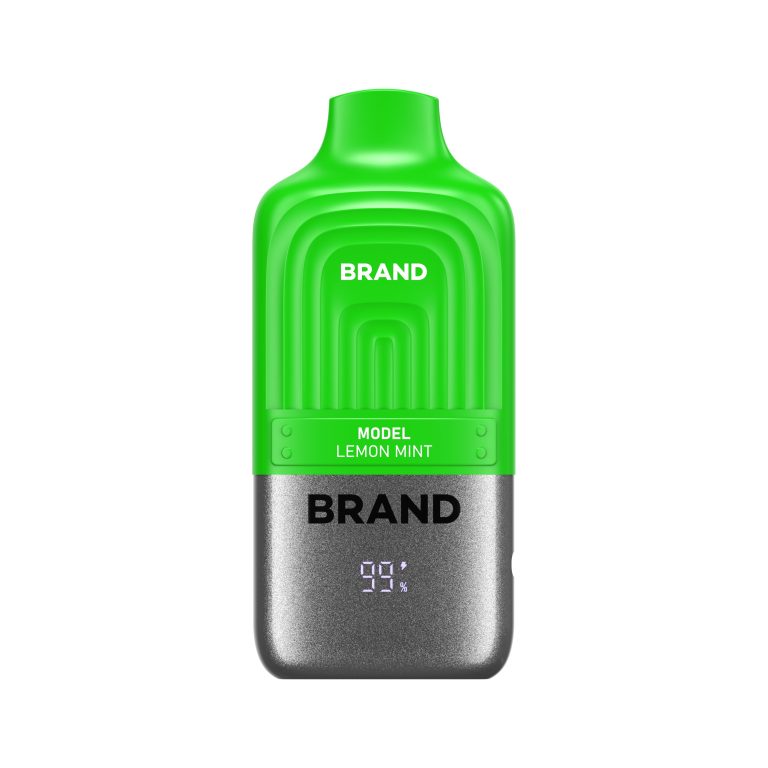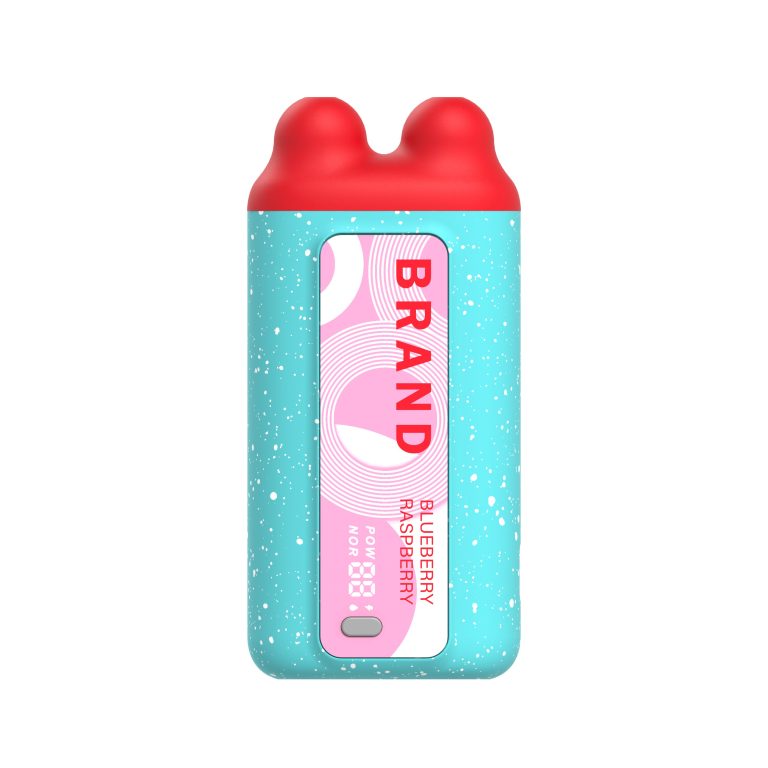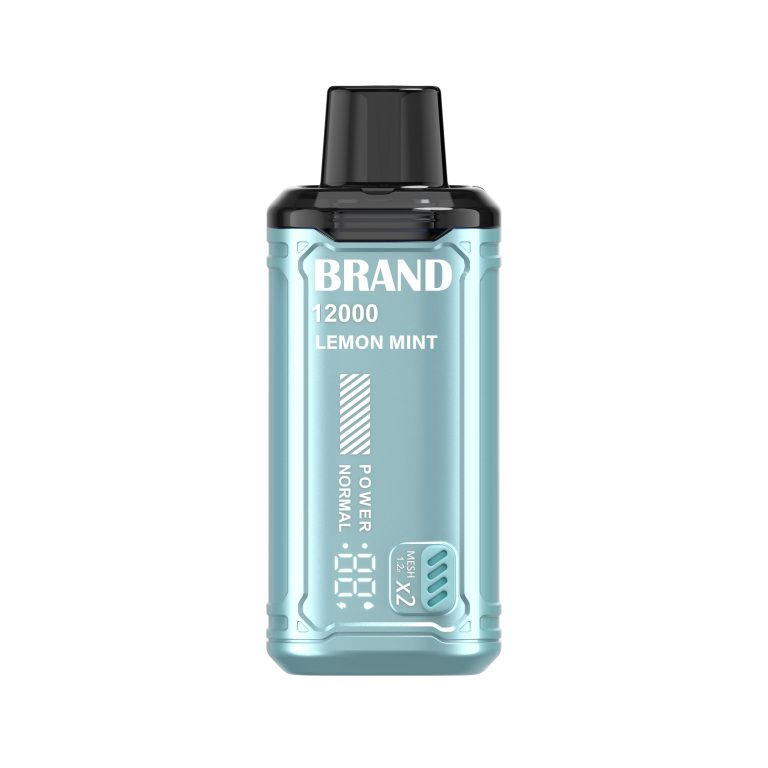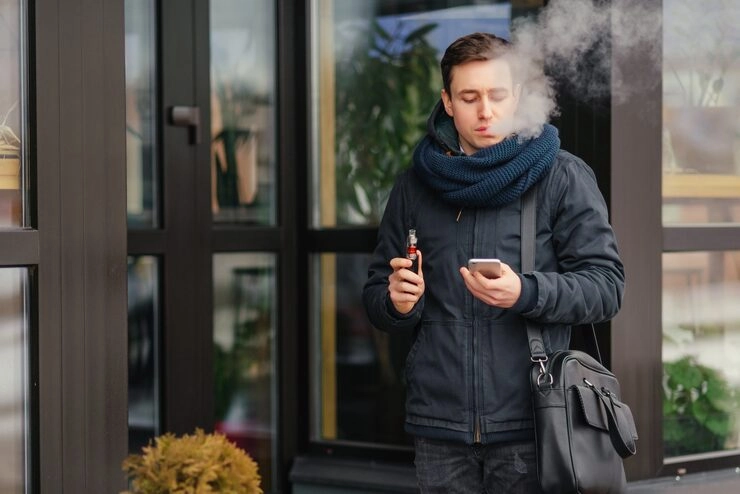The argument over whether vaping is a health-conscious substitute for smoking has been a behemoth subject of debate. It’s regarded as a healthy substitute by many people. Nevertheless, it’s essential that you know about the different health and environmental threats associated with both fads. This article gives you a fact-based comparison. It’s here to assist you in making the most well-informed decision.
Health Impact at a Glance: Smoking vs. Vaping
Smoking and vaping both give you nicotine and are bad for you. But what kind and how bad the risks are, are rather different. The worst risk of smoking comes from heating tobacco to produce thousands of chemicals. The risk of vaping, on the other hand, is coming from inhaling an aerosolized liquid.
| Feature | Smoking
(Traditional Cigarettes) |
Vaping (E-Cigarettes) |
|---|---|---|
| Primary Harm | Breathing in smoke from burnt tobacco. It’s full of over 7,000 chemicals. This includes extremely poisonous tar and carbon monoxide. | Breathing in an aerosolized liquid, or “vapor”. This vapor can have nicotine, heavy metals, and other bad substances in it. |
| Cancer Risk | It’s the top cause of lung cancer. In fact, it’s behind 80-90% of all deaths from lung cancer. What’s more, it’s powerfully connected to many other types of cancer. | The e-cigarette aerosol can include carcinogens like formaldehyde. They are significantly less than in cigarette smoke, however. Scientists continue to study the long-term cancer risk. |
| Heart Disease | This is a leading cause of coronary heart disease and stroke. It causes about 169,000 deaths annually in the United States alone. | The nicotine in e-cigarettes makes your blood pressure and heart rate go up. The effects on the heart over many years are not fully known yet. Research continues. |
| Respiratory Issues | It is the main cause of Chronic Obstructive Pulmonary Disease (COPD). It is responsible for 80% of all deaths in the U.S. related to COPD. | Vaping can bother the lungs. It can also make problems like asthma worse. Also, it has been connected to a serious lung injury called EVALI. The CDC reported 2,800 cases of this in 2019. |
| Secondhand Exposure | Secondhand smoke is very dangerous. It causes around 41,000 deaths every year in the U.S. These deaths are from heart disease and lung cancer in people who don’t even smoke. | It exposes people nearby to nicotine and other bad chemicals. The levels are a lot lower than secondhand smoke, however. |
| Addiction | Extremely habit-forming. This is because nicotine gets to the brain very quickly. | Very habit-forming as well. The CDC found that 1 out of every 5 high school students in the U.S. said they used e-cigarettes in 2020. |
Environmental Impact Comparison
Besides affecting personal health, both of these habits leave a big environmental mark. They cause real damage.
Environmental Damage from Cigarettes
- Litter: Cigarette butts are the number one littered thing in the world. Trillions are thrown away every year. They don’t break down naturally. Instead, they release poisonous chemicals into the ground and our water.
- Deforestation: Growing tobacco is a major reason for deforestation. Huge sections of forests are cut down just to plant tobacco.
- Air Pollution: Making cigarettes pollutes the air. The smoke does, too. Both let out damaging pollutants into our atmosphere.
Environmental Impact of E-Cigarettes
- Electronic Waste (E-waste): Disposable vapes and old pods are adding to a big e-waste issue. It’s a real problem. They have plastics, batteries, and leftover chemical gunk inside.
- Battery Disposal: The lithium-ion batteries inside vaping devices can be trouble. If you don’t throw them away correctly, they can leak poisonous materials. This creates a fire danger and hurts the environment.
- Plastic Waste: The cartridges, pods, and all the packaging add to our planet’s plastic problem. A lot of waste is created.
Industry Innovations: A Case Study
The vaping industry knows about the health worries, environmental damage, and user complaints we’ve talked about. So, it is always looking for new technological solutions. Some companies are working hard to improve flavor consistency. They also want to make sure products stay fresh. Plus, they are looking into greener designs. To see how these new ideas are put into action, we can check out the strategy used by Fuumy.

Fuumy is a company that centers on technology. It was started in 2019. It works together with research groups to solve some of these problems found across the industry.
- Solving for Flavor Consistency: A frequent complaint from users is that the flavor is uneven or tastes burnt. Fuumy wanted to fix this. So, the company created its dual mesh coil technology. This special design is meant to heat the e-liquid in a more balanced way. What’s more, this ensures the flavor is more steady and real from the first puff to the last.
- Ensuring Product Freshness and Safety: A big hurdle is stopping the e-liquid from going bad or leaking while it’s being shipped and stored. It’s a serious issue. Fuumy’s COP technology (Coil-Oil-Parting) solves this. It cleverly keeps the e-liquid and the coil apart until you’re ready to use it. Thus, this method keeps the liquid fresh and helps stop any messy leaks.
- Improving User Experience: The company also adds other features. For example, a big e-liquid tank, batteries that last a long time, and airflow you can change. These are all designed to give a more dependable and personal experience. This way, it can meet the needs of all kinds of users.
You should remember something important. While these tech improvements try to make the product better and more enjoyable, they don’t get rid of the built-in dangers of products with nicotine. It’s a fact. People should always make choices using complete information and thinking about their own health first.
Conclusion
The data we know so far seems to show that vaping is not quite as bad for you as smoking. But then, it’s not something you should be doing at all. Nothing like it. Your best option is to stay away from both of them. For those smokers who can’t quit, vaping might be a lesser of two evils. But that has to be truly a part of a withdrawal program, with the guidance of a doctor. The long-term health effects of vaping are not yet known, so caution is reasonable.
FAQ
Q1: Is vaping completely safe?
A:No, vaping is not completely safe. It’s believed to be less harmful than traditional cigarettes. However, it still has health risks. These are becoming hooked on nicotine and potential inflammation of your lungs.
Q2: Can vaping help me quit smoking?
A: Certain people have used e-cigarettes to help them quit or cut down on smoking altogether. Yet, agencies like the FDA have not approved them for use as a cessation aid. It’s always best to see a doctor. They can offer you personalized advice on quitting.
Q3: Are there risks associated with secondhand vaping?
A: Yes, there are risks. Secondhand e-cigarette aerosol inhalation can expose non-vapers to nicotine and other gross stuff. Usually, the levels are much lower than you’ll encounter with secondhand smoke from regular cigarettes, though.

